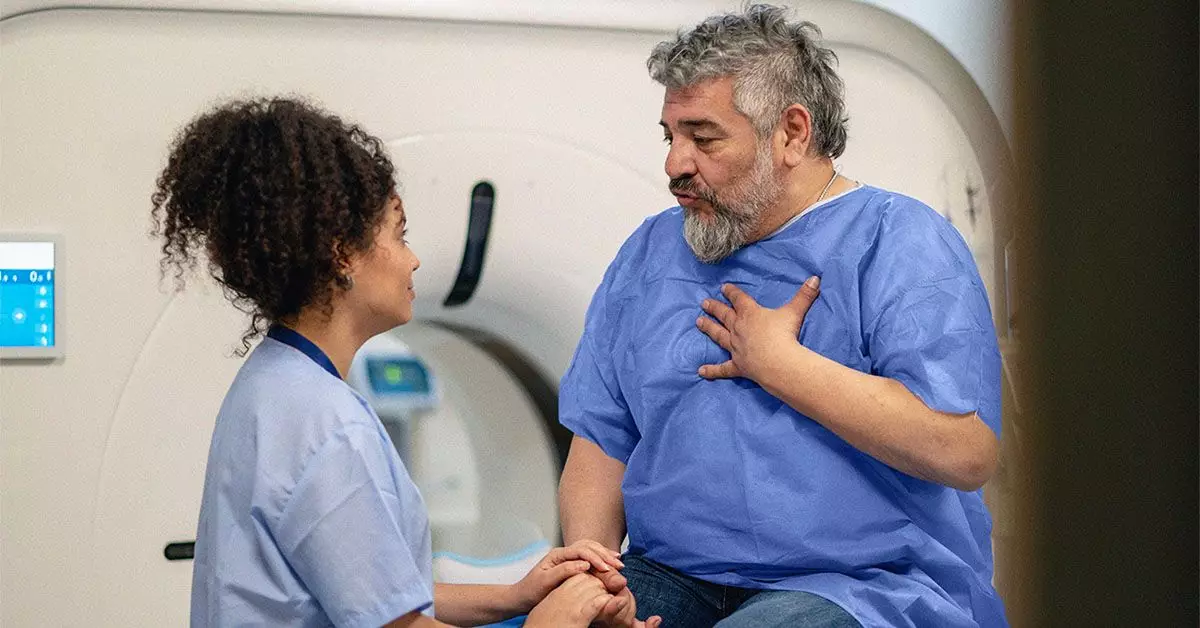Lung cancer remains one of the leading causes of cancer-related deaths worldwide, and non-small cell lung cancer (NSCLC) comprises the majority of lung cancer cases. Early diagnosis and intervention are critical in improving prognosis. Among the various treatment modalities available, surgical options such as wedge resection, segmentectomy, and lobectomy play fundamental roles, contingent upon the stage of cancer and the overall health of the patient. This article delves into these surgical techniques, detailing their processes and implications, whilst evaluating the emerging controversies surrounding them.
The human lungs are organized into lobes, with the right lung housing three lobes and the left lung containing two. Each lobe is further divided into segments, which become crucial during surgical interventions when cancerous tissues need removal. Surgeons may opt for different surgical procedures based on the extent and location of the cancerous segment. Segmentectomy refers to the resection of a specific lung segment, while wedge resection involves removing a more localized area. The choice between these procedures often depends on the size of the tumor and the health status of the patient.
Video-assisted thoracic surgery (VATS) represents a minimally invasive approach that utilizes a camera for guidance. This technique often results in less postoperative pain, quicker recovery, and shorter hospital stays when compared to traditional open lung surgery. During a VATS wedge resection, surgeons make several small incisions to access the lung. Using specialized instruments and staples, they remove the affected lung tissue and subsequently close the incisions with dissolvable stitches.
Despite the advantages of VATS, there are instances where it may not provide adequate access to the affected area, necessitating a switch to open surgery, or thoracotomy. This approach involves a longer incision made between two ribs under the shoulder blade. The surgeon may need to split the ribs or even excise a portion to improve visibility and access. Following the resection of lung tissue, the surgical team must meticulously repair the ribs, muscles, and skin, which requires strong stitches to ensure stability during the recovery phase.
Candidates for surgery must undergo several evaluations to determine their fitness for the procedure. Pulmonary function tests, echocardiograms, and comprehensive blood tests assess lung capacity and overall health. Significantly, individuals with advanced lung cancer or metastasis are less likely to qualify for surgical interventions.
Preparation for surgery is vital, involving lifestyle adjustments such as smoking cessation and dietary modifications to ensure optimal health status. Patients must also familiarize themselves with their insurance coverage and logistics surrounding their hospital stay. Preoperative consultations provide detailed information about medication management and pre-surgery dietary restrictions. On the surgery day, an anesthesiologist administers general anesthesia, overseeing the patient’s well-being throughout the operation.
Post-surgery, patients typically move to a recovery room, where they may feel groggy as anesthesia wears off. Pain management becomes a priority, with medications administered as needed. In some cases, chest drains remain in place to facilitate the removal of fluids or air, ensuring lung re-expansion. With the guidance of respiratory therapists, patients may engage in breathing exercises that aid recovery.
While many individuals may be discharged within a few days post-operation, some recovery aspects can extend over weeks or months. Patients are instructed in wound care, medication adherence, and activity levels. Following-up appointments, including physical therapy, focus on rehabilitation and gradual return to daily activities. As recovery progresses, many patients experience fluctuating symptoms of shortness of breath, which should be monitored and discussed with healthcare providers.
Despite its advantages, wedge resection remains a contentious topic in lung cancer management. While preserving healthy lung tissue may seem favorable, there is concern regarding the long-term outcomes following this method compared to more extensive procedures, such as lobectomy. Some healthcare professionals argue that removing a larger tissue portion, including nearby lymph nodes, could lead to lower recurrence rates, ultimately improving overall survival rates.
Recent studies reveal mixed outcomes; a 2023 analysis indicated a lower five-year survival rate for patients undergoing wedge resection compared to lobectomy. Contrarily, another study highlighted similar success rates between the two procedures. Generally, experts recommend lobectomy as the first-line surgical option for patients diagnosed with early-stage lung cancer unless contraindicated by their health.
Understanding surgical options and preparing for potential lung cancer interventions is crucial for patients faced with this diagnosis. Though methods like wedge resection provide valuable alternatives, continuous dialogue between patients and their healthcare providers can help promote optimal treatment pathways, ensuring individualized care that aligns with the patient’s unique circumstances and preferences. As research evolves, so too will the strategies employed in the fight against lung cancer, impressively shaping the landscape of surgical oncology and patient outcomes.

